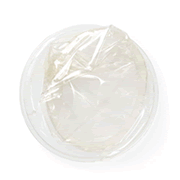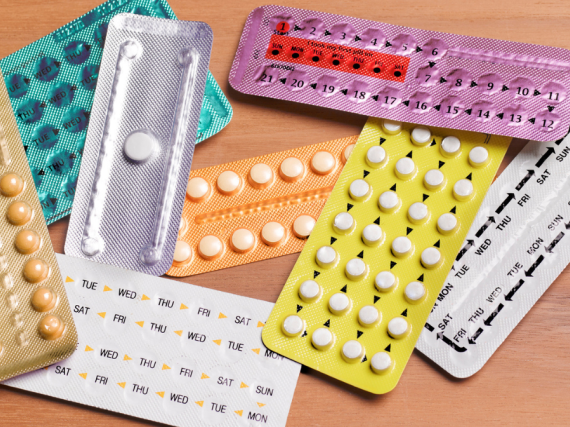Internal condom (FC2)

The internal condom (sold under the brand name FC2) is a pouch that feels and works a lot like the external condom, which is usually just referred to as a “condom.” Internal condoms are a type of barrier method of birth control, which means that they prevent pregnancy by physically blocking sperm from getting to eggs.
Internal condoms are bigger than external condoms, since they’re designed to sit inside the vagina, with part that stays on the outside. When ejaculation happens, the semen (the whitish fluid that comes out of the penis and contains the sperm) stays inside the internal condom and out of direct contact with the vagina. This keeps sperm away from any eggs. Internal condoms can each only be used one time, just like external condoms. Internal and external condoms are the only birth control methods that also protect against STIs.
The biggest difference between the internal and external condom is that the internal condom sits inside the vagina while the external condom fits snugly over the penis. Also, internal condoms are not as easy to get as external condoms. You have to see a provider to get a prescription for internal condoms.
Internal condoms are also used by some people for anal sex, both to prevent STI transmission and to make things as mess-free as possible.

